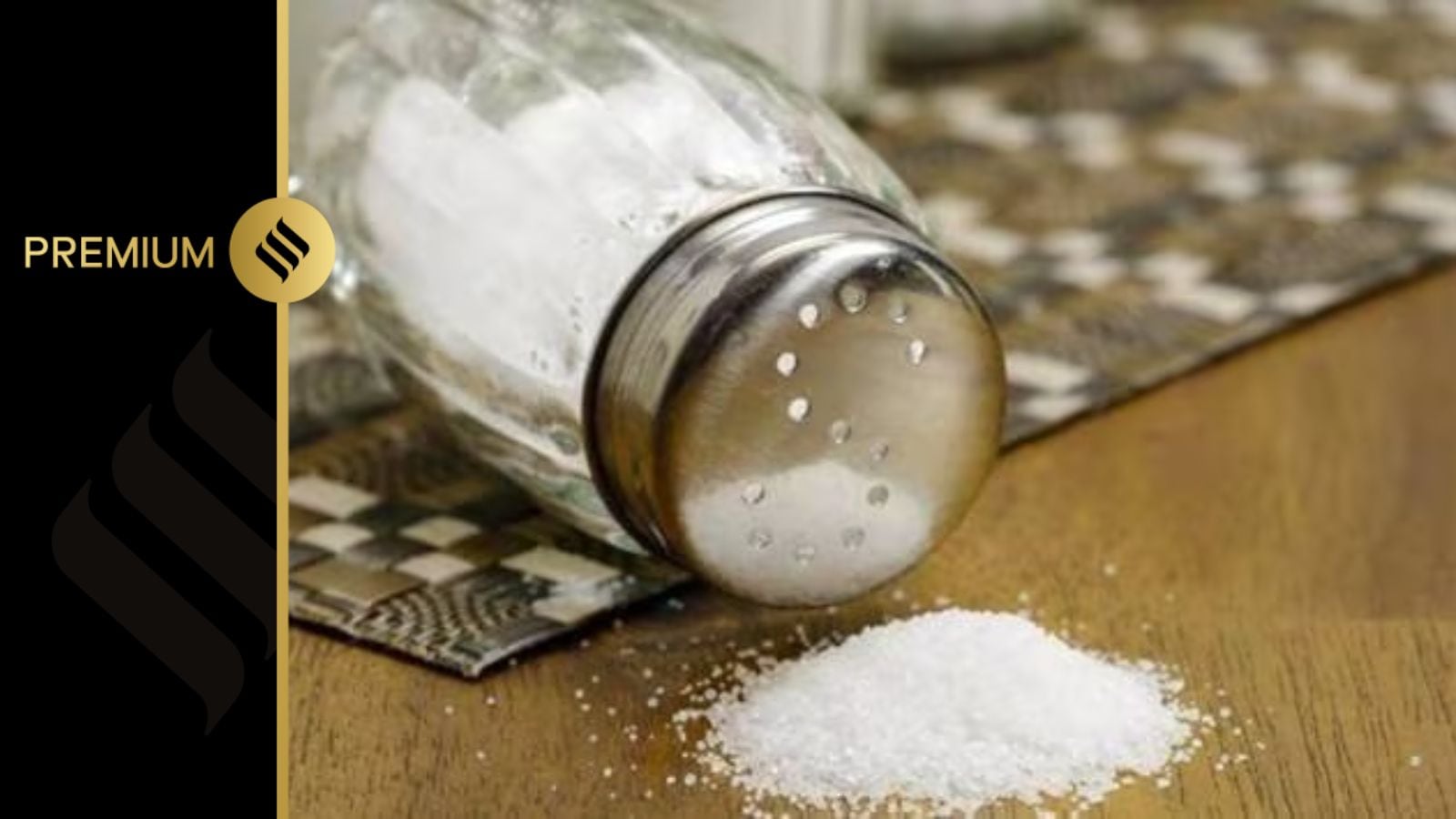Salt of the Earth, Strain on Health: India's Complex Relationship with Salt and the Rise of Ultra-Processed Foods

For centuries, salt has been more than just a seasoning in India; it's been a symbol of prosperity and a vital component of traditional preservation techniques. Historically, salt production was a carefully controlled industry, often linked to royal treasuries and trade routes. The discovery of salt pans and the development of refining processes gradually made salt more accessible, weaving it into the very fabric of Indian cuisine. From the coastal regions where sea salt was harvested to the inland areas relying on rock salt, different varieties of salt have shaped regional flavours and culinary traditions.
The cultural significance of salt extends beyond its basic function. It's often used in religious ceremonies and traditional remedies, further solidifying its place in Indian society. The subtle nuances of salt – the coarse texture of rock salt versus the delicate flakes of sea salt – add layers of complexity to Indian dishes. This deep-rooted appreciation for salt has led to its widespread and generous use in everyday cooking. However, this preference has evolved dramatically in recent decades.
While traditional Indian cooking often uses salt judiciously, the explosion of ultra-processed foods has dramatically altered the landscape. These convenient, ready-to-eat meals, snacks, and beverages are often loaded with excessive amounts of salt – far more than what's typically used in home-cooked meals. Manufacturers use salt as a preservative, flavour enhancer, and texture modifier, often masking the true sodium content. This hidden salt intake contributes significantly to the overall excessive consumption.
The consequences of excessive salt intake are well-documented. High sodium levels are directly linked to increased blood pressure, a major risk factor for heart disease, stroke, and kidney disease. Epidemiologists and researchers are increasingly alarmed by the rising rates of these conditions in India, attributing a significant portion to the nation's high salt consumption. The WHO’s recommended limit of 5 grams per day is consistently exceeded by a large percentage of the Indian population, creating a serious public health challenge.
Tackling this issue requires a multi-faceted approach. Public awareness campaigns are crucial to educate consumers about the dangers of excessive salt intake and to encourage them to make healthier food choices. Regulations on salt content in processed foods are also essential, along with promoting the use of lower-sodium alternatives. Finally, empowering individuals to prepare home-cooked meals with mindful salt usage can play a significant role in reducing overall sodium consumption. The 'salt of the earth' can be enjoyed responsibly, safeguarding public health and preserving India’s rich culinary heritage.

:max_bytes(150000):strip_icc():focal(749x348:751x350)/hulk-hogan-beer-event-72425-ce84a0fce03046fa89fd88ddb24f8940.jpg)



